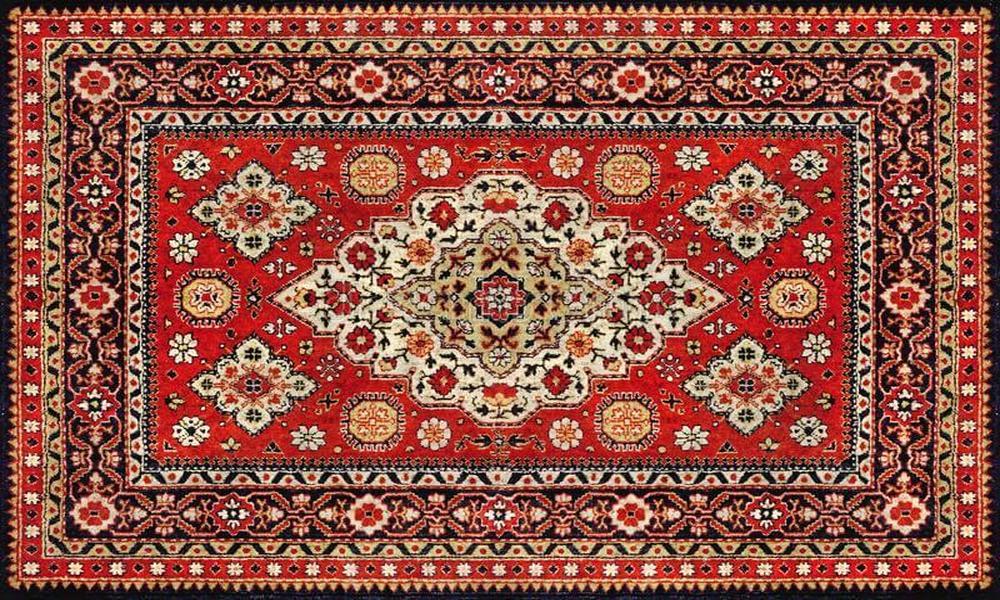Regular Vacuuming: Regularly vacuum your Persian carpet to remove loose dirt and debris. This will help prevent dirt from becoming embedded in the fibers, making it easier to clean in the long run. Clean up spills and stains as soon as possible to prevent them from setting in. Blot the spill with a clean cloth or paper towel and use a mild detergent to clean the affected area. To prevent uneven wear, rotate your Persian carpet every six months. This will also help to distribute any sun-fading or discoloration that may occur over time. Using a rug pad underneath your Persian carpet can help to prevent slipping and sliding, which can be a safety hazard, as well as protect the carpet from wear and tear. Every two to three years, have your Persian carpet professionally cleaned to remove any deep-seated dirt and stains that regular cleaning may not be able to remove. Direct sunlight can cause fading and damage to your Persian carpet over time. Avoid placing it in direct sunlight or use window treatments to reduce sun exposure.
Sins of Persian carpets
Persian carpets, also known as Iranian carpets, are known for their intricate designs, high quality craftsmanship, and rich history. However, like any other human-made product, Persian carpets can have certain environmental and social impacts associated with their production. One of the most significant concerns associated with the production of Persian carpets is the use of child labor. Many of the carpets are made in small villages by families, and often children are forced to work in order to contribute to their family’s income. While there are laws in place to prohibit child labor, enforcement can be challenging, and many children continue to be exploited in the carpet industry. The production of Persian carpets can have a significant environmental impact. The process of dyeing wool can be particularly harmful, as many traditional dyes are made using harsh chemicals that can pollute local waterways and harm wildlife.
Amateurs Persian carpets But Overlook A Few Simple Things
While it’s easy to appreciate the beauty and craftsmanship of Persian carpets as an amateur collector, there are a few simple things that may be overlooked. Here are some things to keep in mind when looking for Persian carpets. The material of the carpet can affect its durability, feel, and value. Persian carpets can be made from silk, wool, or a combination of both. Silk carpets are often more expensive and delicate, while wool carpets are more durable and easier to maintain. Persian carpets often have intricate designs and colors that are made using natural dyes. These dyes can fade over time, so make sure to check the colors for any signs of fading or discoloration. The age of a Persian carpet can also affect its value. Older carpets tend to be more valuable, but they may also be more fragile and require special care. Unfortunately, there are many counterfeit Persian carpets on the market. Look for reputable sellers and ask for a certificate of authenticity before making a purchase.









